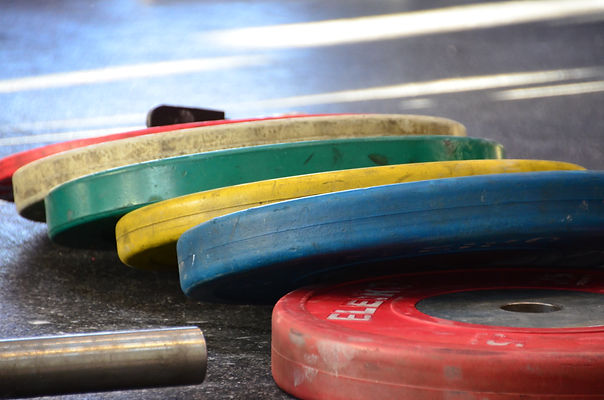It is becoming impossible to talk about strength and conditioning without someone mentioning “CORE” training. The notion that in order to have functional sports training you must train the core specifically is not only wrong, but is leading to many problems and imbalances in today’s poorly trained athletes. Before we delve into this, let’s first examine the classical thinking behind “core” training. Too many, the core consists of the muscles in the abdomen, lower back, some even include muscles of the pelvis, ribcage, and spine into the equation. You can begin to see where the problem with “core” training begins as it means many different things to different people. Some believe sit-ups and leg raises to be core training, others argue the core is trained with every movement. So which is it? Well, although sit-ups and leg raises will isolate and train the muscles of the abdomen, they likely will not improve performance. In fact they can lead to tight hip flexor muscles and decrease mobility a hockey player’s worst nightmare. In order for improved performance we must improve the body’s ability to transfer force between tissues. In order to achieve the greatest amount of force transfer the body must develop the ability to remain stiff. This is where the core comes into play; for improved performance we must train the core’s ability to remain rigid in order to allow for force transfer between the upper and lower extremity. This is especially important in hockey during changing direction, taking a slap shot, and many other skills performed many times each game.

How do we train Stiffness?
To train the body to be able to stay stiff under different conditions we must put it in different situations and force it to remain stiff. Sounds simple? The devil is in the details – using single leg exercises, the body is forced to stabilize itself, also single arm weighted carries may be some of the best core exercises you can use. In both cases, the body is given an uneven load that it is forced to balance in order to
Although these types of training techniques are often utilized in an attempt to improve stability within the core during exercise, you may not be achieving these benefits from them. Studies have shown that unstable surface training in trained athletes does not provide adequate stimulus in order to promote a training effect. As a result although it may look impressive to stand on a physio ball with a barbell over your head, or to balance a dumbbell on your head while squatting on a Bosu, in actual fact you are not receiving much more than a cool story to tell at the dinner table that night, and certainly not performance increase. In reality, sports are played on stable surfaces and should be trained on stable surfaces. The inclusion of unstable surfaces during training also can potentially increase the risk of injury due to falling, rolled ankles etc. If the goal of training is to reduce injury and increase performance, then training in a fashion that best mimics the demands of the sport is your best option.


Comments